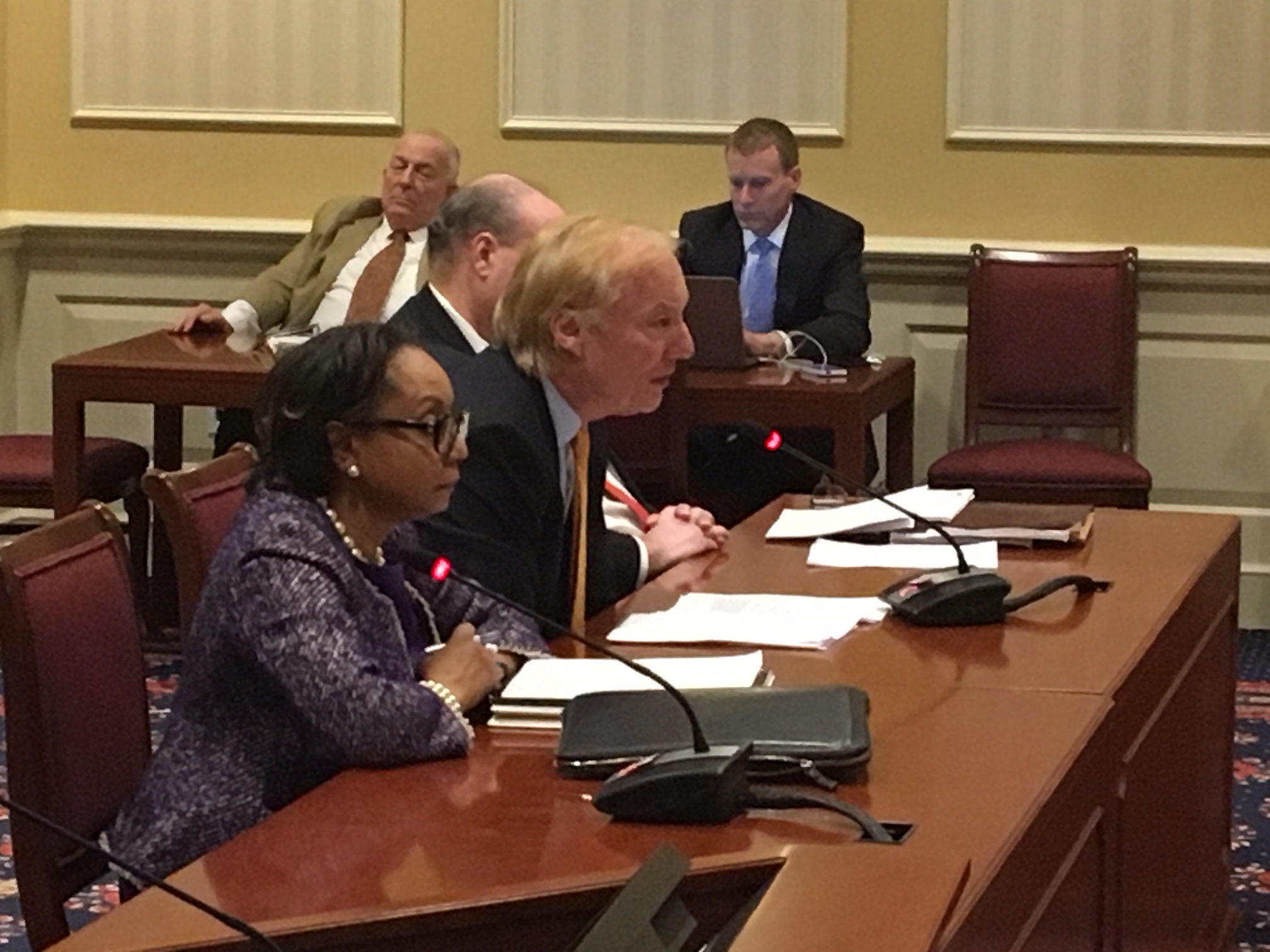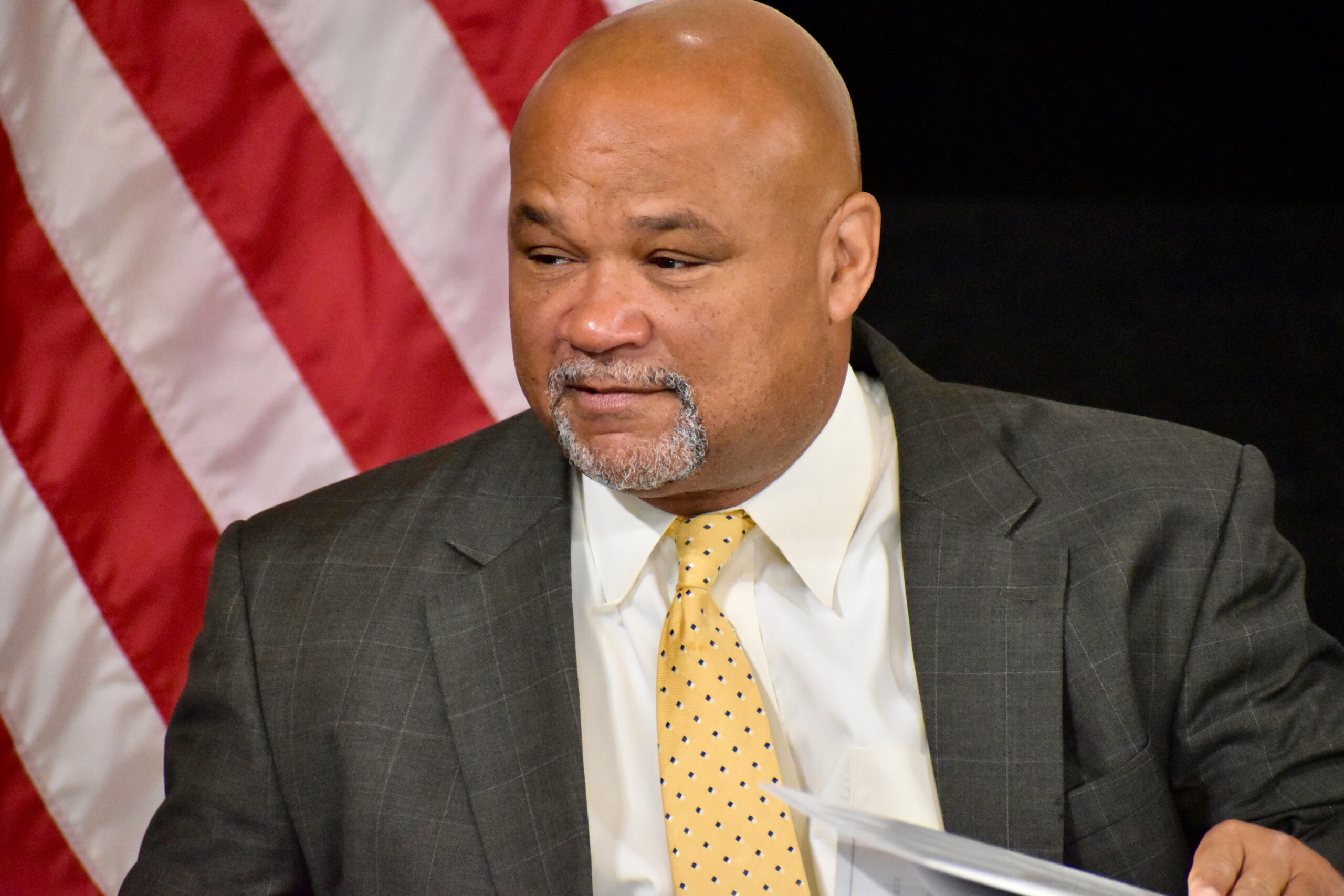2019 Revenues Higher Than Expected, But Outlook Is Somber

Mixed economic indicators have Comptroller Peter V.R. Franchot (D) warning about future state budgets – even as he announced Wednesday that last year’s revenue came in slightly higher than anticipated once all the accounting was finished.
Revenue in fiscal year 2019 came in at $216.6 million above projections from the state’s Board of Revenue Estimates. The money remains a part of the state’s unassigned general fund balance.
The final figures reflect stronger-than-expected revenue growth from capital gains, as well as an increase in the state’s sales and use tax collections as a result of the U.S. Supreme Court 2018 decision in South Dakota v. Wayfair that allowed states to collect tax from online remote sellers.
The Wayfair decision accounted for much of the state’s growth in the sales and use tax revenue. About $4.8 billion in sales taxes were collected in fiscal year 2019, which was an increase of 3.6 percent from a year earlier. Revenue from remote sellers like Wayfair.com generated $80 million in state taxes last fiscal year. Without revenues directly related to the Supreme Court decision, sales tax revenues would have increased by just 1.9 percent.
A report from Andrew Schaufele, director of the Bureau of Revenue Estimates, says that the structure of Maryland’s sales and use tax – which is primarily a tax on tangible goods and a few select goods – is increasingly out of step with Marylanders’ spending habits. Spending is shifting towards untaxed services and digital goods, which are also not taxed.
“The shrinking tax base increases the volatility of [sales and use tax] revenue to the business cycle,” Schaufele wrote. “In times of economic stress, consumers are better able to delay or forego consuming goods than services. The impact of these structural problems will only continue to increase with time.”
Other concerning bits in the report include slow wage growth in the state, fiscal officials said.
The state’s personal income tax revenues were $10.27 billion in fiscal year 2019, about 8 percent higher than fiscal year 2018, but much of that growth was the result of federal income tax reform that saved many Marylanders money on federal taxes but increased their state payments.
Wage and employment growth in Maryland is happening in lower-wage industries, while employment in the state’s highest wage industries – federal government, the financial sector, and information – is decreasing. “As a result of the changing job mix, we now experience lower aggregate wage growth, and therefore withholding collections, per job created,” Schaufele wrote.
Combined with demographic shifts like retirement of the baby-boomer generation, who will be replaced by lower-wage workers, the weakness in the state’s sales and use tax is expected to continue.
Franchot said his office is monitoring other economic trends that are predictors of recessions to look for signs of a downturn, which economists say is increasingly likely.
“While revenues have again exceeded our modest estimates, this year’s figures belie several troubling indicators that increase the possibility of an economic contraction,” Franchot said in a statement. “Unpredictable swings in trade policy and the ballooning federal deficit, coupled with an unprecedented 121 consecutive months of economic expansion and negative market indicators like the inverted yield curve, all suggest national economic volatility.”
The comptroller again counseled increased restraint in spending for future years given the indicators.
“It would be in our best interest for the Governor and the General Assembly to exercise fiscal restraint and deposit this fund balance into our Rainy Day Fund,” Franchot said. “Policymakers should take a cautious approach on new spending initiatives, no matter how well intended, that would take more money out of the pockets of consumers who power Maryland’s economy.”
Lawmakers are spending the summer exploring ways to fund education reform recommendations from the Kirwan Commission, which could cost an additional $3.8 billion a year once fully in place. Sports betting, taxing recreational marijuana, revisiting tax breaks and other revenue-generating policy changes are under consideration, as well as slowing down implementation of the Kirwan Commission recommendations.




 Creative Commons Attribution
Creative Commons Attribution